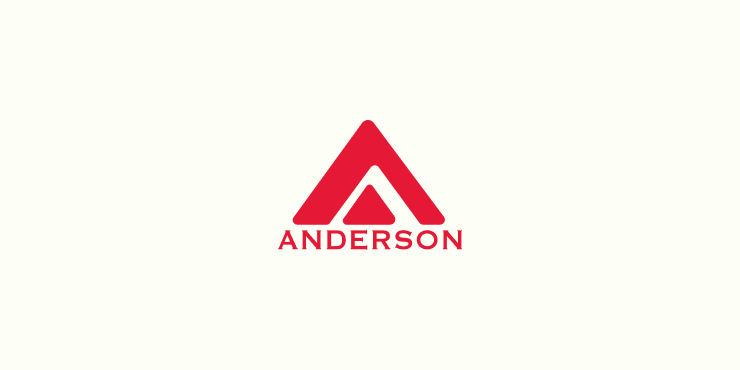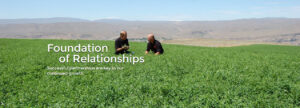Horses Require Additional Energy in Winter
Cold temperatures, rain, wind, and snow….no doubt about it…winter is here. Are you prepared to feed your horse to keep him warm? Don’t just throw a blanket on your horse when the weather turns nasty. Increasing your horse’s daily calorie (or energy) intake is more important than a blanket at maintaining core body temperature.

Mature horses that are at maintenance (i.e., healthy and not growing, working, gestating, or lactating) should be fed a good quality forage at the rate of at least 1.5 to 2% of their body weight each day. In other words, daily forage intake for a 1000 pound horse should be between 15 and 20 pounds.
Energy intake must increase to maintain body temperature and body weight as temperatures creep closer to a horse’s lower critical temperature (LCT), or the temperature below which the horse will start to use more energy to maintain core body warmth. A horse’s LCT is dependent on temperatures to which it is accustomed and thus varies regionally (a horse living in Florida will have a higher LCT than a horse living in Minnesota). A horse’s LCT also differs by individual and is dependent on hair coat length and thickness, body condition or fat cover, age (older horses may be less tolerant of cold temperatures), and size of the horse (smaller horses have greater surface area relative to body weight and lose heat more rapidly than larger horses). If a horse is shivering, chances are good that his LCT has been reached.
In general, for every 1 degree Fahrenheit drop below the LCT, a horse will require 1% more digestible energy to maintain internal body temperature (1).
Let’s say that a horse has a LCT of 30oF. The forecast is for snow and a low temperature of 20oF. However, winds are also in the forecast, so with the windchill it will actually feel like 10oF outside. Make sure to always use the actual temperature when adjusting your horse’s energy intake.
So, 30oF – 10oF = 20, which means that digestible energy should increase 20% in these conditions.
The average 1000 pound horse requires 15 megacalories (Mcal) of digestible energy per day to fuel essential body functions and maintain body temperature (2). If conditions require that digestible energy be increased by 20%, then the horse should be fed an additional 3 Mcal of energy (15 Mcal X 20% = 3 Mcal) each day.
The best way to warm your horse from the inside is to increase the hay content in his diet. Some believe that increasing grain will keep a horse warmer. In actuality, more heat is produced as forage is fermented by microbes in the horse’s digestive system.
Knowing this, how much additional hay will you have to feed your horse when the actual outdoor temperature is 20 degrees below his LCT? Above, we determined that he will need an additional 3 Mcal of digestible energy. If you were already feeding 20 pounds of hay to your 1000 pound horse (20 pounds = 2% of body weight) and the energy content of most legume and grass hays averages around 1 Mcal/pound, then you will need to add another 3 pounds of hay to your horse’s diet each day under these conditions.
At times, especially when temperatures are very cold, a horse may not be physically able to eat enough hay to meet energy requirements for conditions. Adding a fat source to the diet may be beneficial when this occurs, or when a horse is losing body condition despite increased forage intake. A winter coat or blanket may hide body fat cover, so be sure to physically check your horse’s body condition on at least a weekly basis to minimize weight loss.
Feeding during winter months can be challenging. However, paying attention to weather conditions and increasing energy intake when temperatures dip below your horse’s LCT will help to keep your horse warm and comfortable.
To receive this blog from Anderson Hay directly in your email, please subscribe above on the right.
References
(1) Ralston, S. and C. Williams. 2011. Winter Feeding For Horses. Publication number FS1143. Rutgers NJAES Cooperative Extension.
(2) National Research Council. 2007. Nutrient Requirements of Horses. Sixth revised edition. The National Academies, Washington, D.C.


